In the previous issue, I briefly explained what an adaptor is.
Were you able to understand the explanation on the center minus?
As I mentioned before in the previous issue, I’m going to write more about it in this issue.
3. 9V or 12V? What is V...(rumble rumble rumble)...
V is read as “volts” and refers to voltage. Voltage and current are often compared to a hose and flowing water, but I didn’t quite understand it when I first read that reference.
Voltage is literally the pressure that conducts electricity. If you lightly poke a needle into your body, you will feel the pressure against your skin and think, “Stop poking me!” but if you poke the needle with too much pressure, it will obviously hurt. That’s how you can imagine it. (Seriously!?)
If you apply a voltage stronger than the specified voltage, the machine will break down.
The square batteries used in effects pedals are 9V, and most people know the name “9-volt battery” even if they don’t understand what it means. These batteries are completely different in shape from other batteries like AA or AAA batteries, etc., so you know that these are a special type.
So, do you know how many volts a regular battery is? Surprisingly, many people do not know.
And, the answer is...
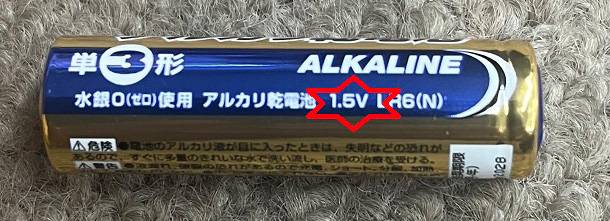
1.5V. Yes, it is usually written on the battery. The standard D, C , AA, and AAA batteries are all 1.5V.
In the previous article, I explained that when two AA batteries are used, they are often connected inside the device. When the + and - of the batteries are connected, the voltage is summed to 3V, which means that the device runs on 3V.
So if you use 4 batteries, you get 6V, if you use 6 batteries, you get 9V, and if you use 8 batteries, you get 12V!
You will get 9V out of 6 AA batteries, so of course it can run an effects pedal. However, the size of the chassis will naturally be larger, so it is rare to find an effects pedal that runs on AA batteries. (About 10 years ago, the Tone Garage Series from VOX was powered by AA batteries.)
So, here it is,
let’s use a multimeter to measure the voltage of the battery!

・
・
・
HAAAAAAAAAAAAAAAHHHHHHHHHHHHHHHHH!!!!!!
It’s 1.626V!!
It’s defective! My equipment will break!
Some people may think so, but it’s actually normal for a new battery to have a voltage greater than its rating. Most alkaline batteries have about 1.6V.
In our digital society, some people think in terms of 0 or 1, but in the analog world of electricity, there is always a margin of error. Let’s not think too hard about this!
At Sound House, we get relatively a lot of repair inquiries saying, “It doesn’t work with batteries! I put in a new battery but it doesn’t work! It must be broken!”
However, when the actual product is sent to us and we verify it, we often find that it worked normally. When we ask for more information, we are told that the batteries are not brand new ones that they just purchased, but they were older ones that they already had...
Batteries naturally self-discharge, so no matter how unused a battery is, the amount of electricity decreases over time. The expiration date is indicated on the battery, but natural self-discharge is affected by the environment and individual differences, such as higher temperatures causing faster discharge.
In addition, recent digital devices that operate on batteries are often designed to use alkaline batteries, and if a new AA battery (1.6V) is inserted and used, the device may turn off or stop working properly at about 1.54V before the battery reaches 1.5V.
What about our favorite 9V battery?
I measured it and found that...
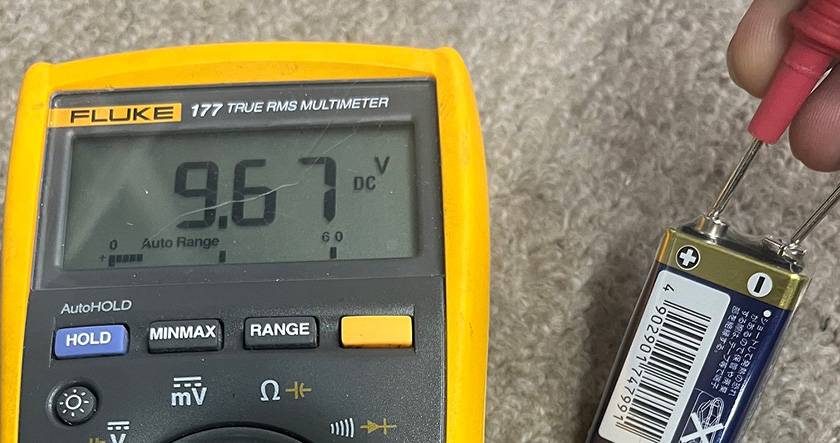
It’s approximately 9.6V.
Some effects pedals such as digital delay and reverb pedals that can use batteries are based on this voltage, and some models stop working properly at around 9.2V.
In comparison, some analog overdrive pedals, for example, can run on as little as 7.6V.
You may be yelling, “But it doesn’t work with batteries! I had a different effect pedal that worked with this battery!” Please note that there is a difference between digital reverb pedals and overdrive pedals.
The voltage story is a long one, so I will share that story next time!






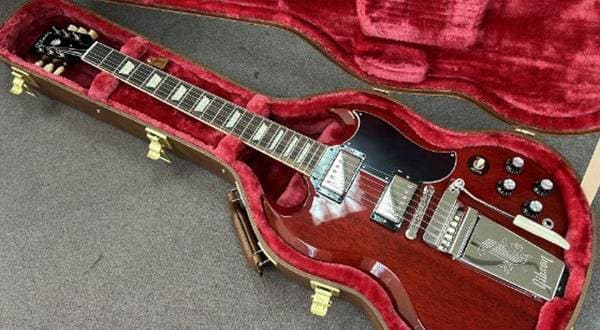
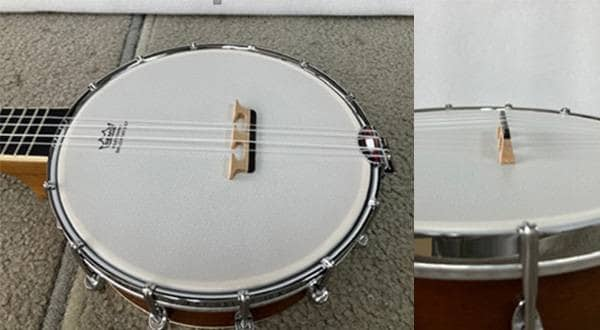

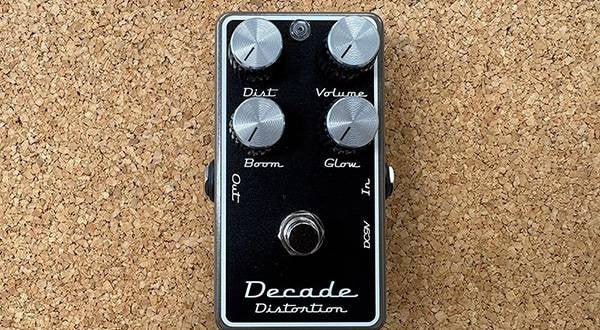
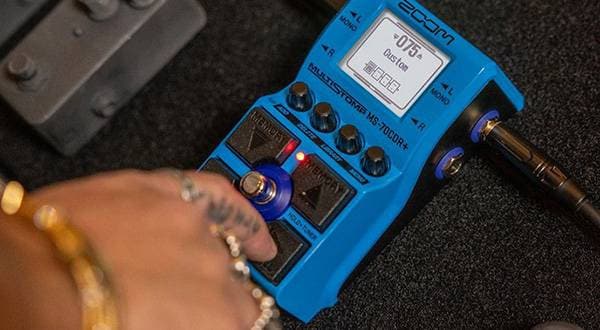
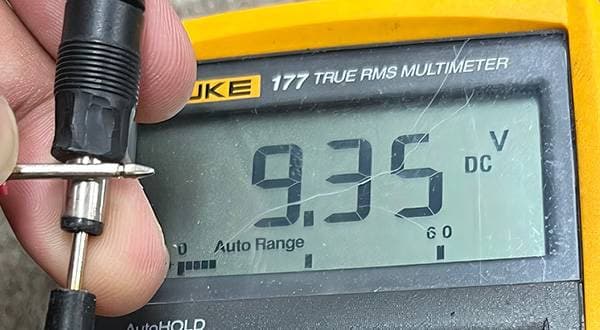
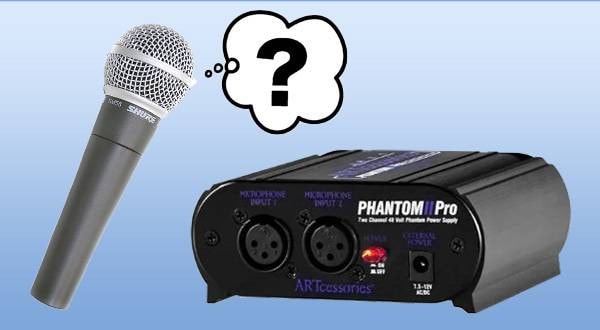
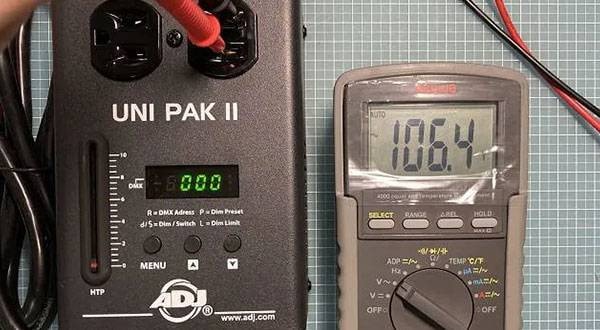
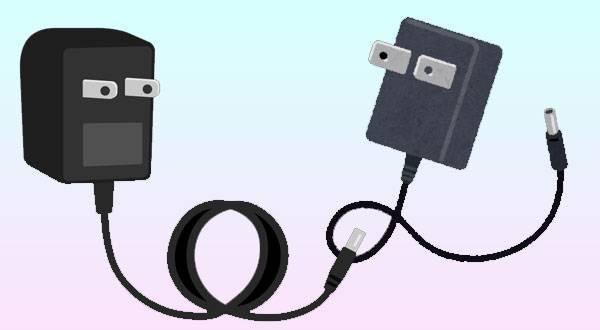
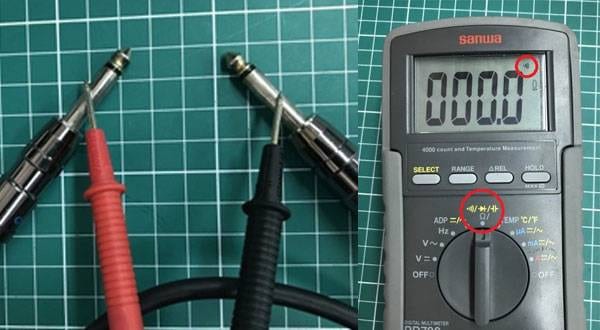
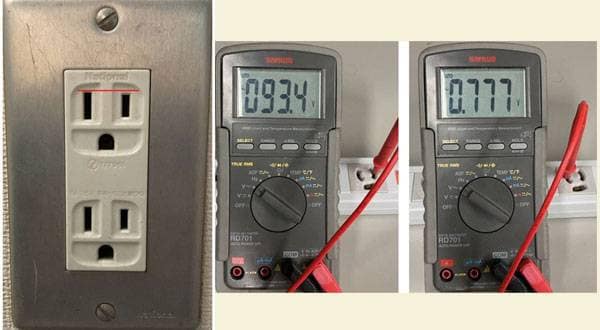
 電源アダプター特集
電源アダプター特集
 ベース用エフェクターの種類
ベース用エフェクターの種類
 ギターのお手入れ
ギターのお手入れ
 お手入れに必要な道具
お手入れに必要な道具
 エフェクターのつなぎ方
エフェクターのつなぎ方
 エフェクターの種類
エフェクターの種類















